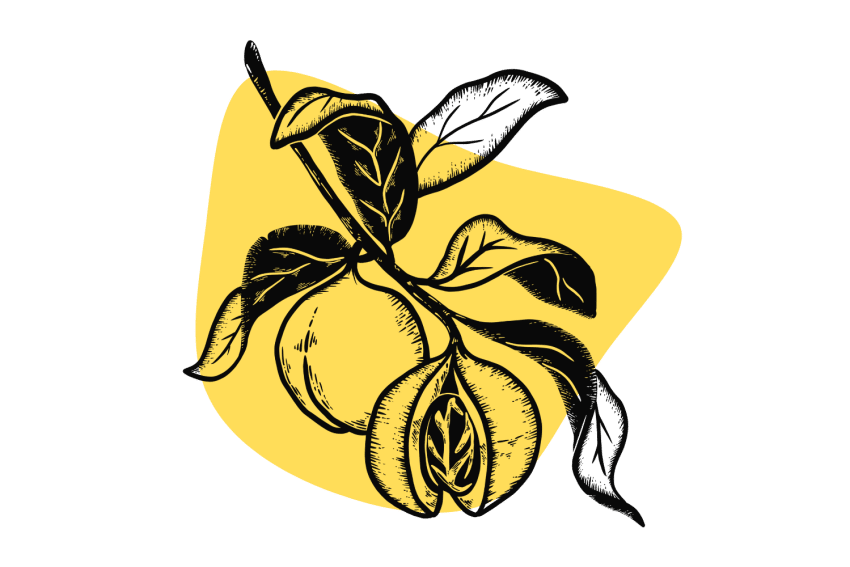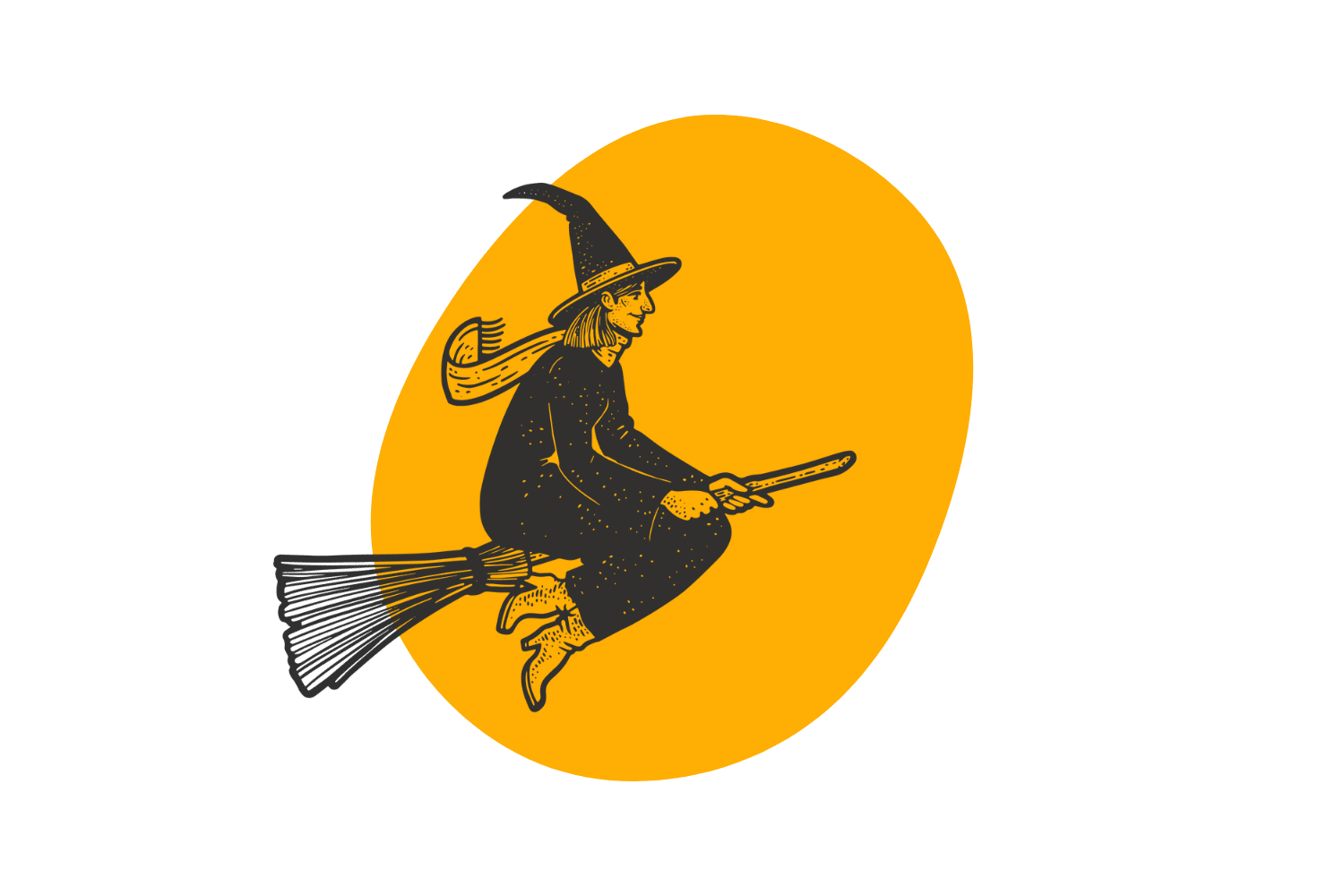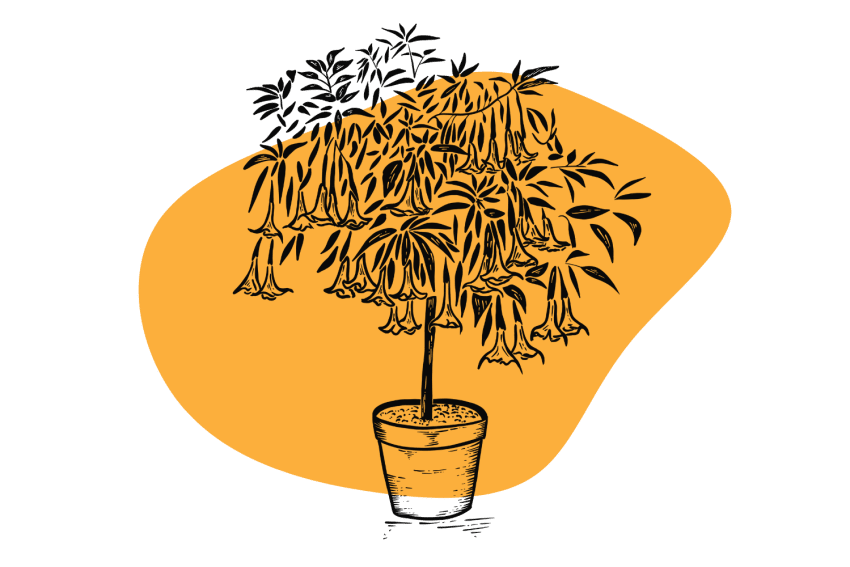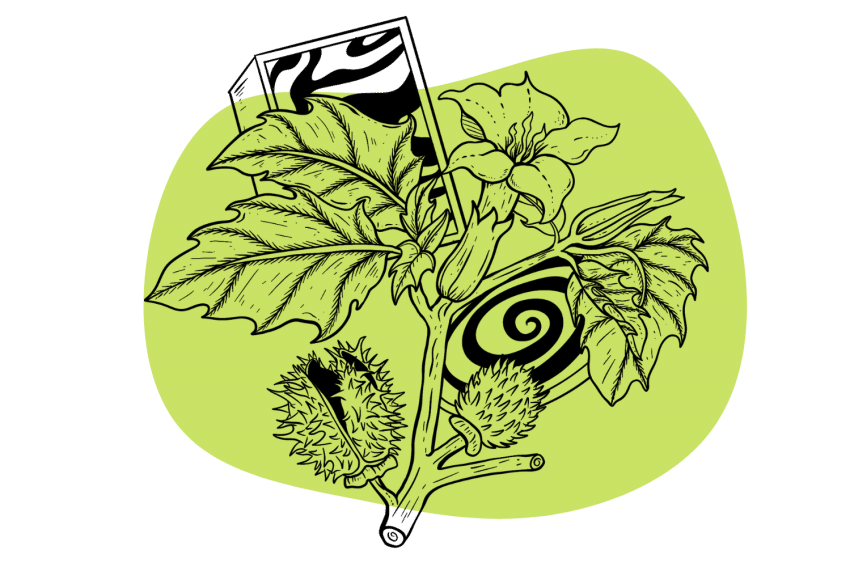Mandrake Root: “Murderous & Psychotic Delirium”
Yes, mandrake is a real plant.
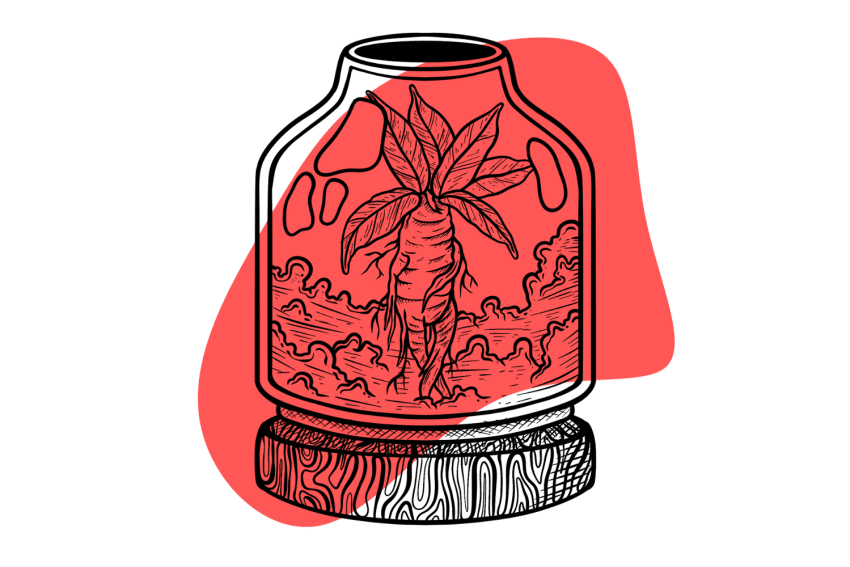
Mandrake (Mandragora spp.) is a small, unassuming plant with a rich history of use as medicine, poison, and mysticism.
The root of the mandrake contains a collection of powerful hallucinogenic compounds called tropane alkaloids. These are the same active ingredients in plants like datura and Brugmansia. Tropane alkaloids are highly toxic and cause drug-induced delirium. Delerium is the inability to differentiate between what’s real and what’s imagined.
In lower doses, mandrake is a hypnotic — inducing feelings of dizziness, confusion, and sedation.
In moderate doses, mandrake is a powerful psychedelic and deliriant. The hallucinations are so strong and so believable, most people lose the ability to differentiate between what they’re imagining and what’s actually happening in real life.
In higher doses, mandrake is a deadly poison.
Under no circumstances is this a plant anybody should use for its psychedelic effects. The difference between an active dose and an overdose is very narrow.
Additionally, most people that trip on mandrake experience what can be described as “nightmarish” hallucinations, often lasting several days.
Mandrake Specs & Technical Details:
| Active Ingredients | Tropane alkaloids |
| Level of Risk | Very high |
| Common Names | Mandragora, Satan’s Apple |
| Most Common Side-Effects | Delirium, psychosis, blurry vision, inability to urinate, dry mouth, fever, & death |
| Duration of Effects | 12–72 hours |
| Legality | Legal in most parts of the world |
Folklore & History of Mandrake
The unique effects of the mandrake, combined with the very human-like shape of the roots, have resulted in a lot of superstition surrounding the plant. The more human-like shape of the root, the more valuable it was.
Dried mandrake root was thought to bring good fortune and wellbeing to those who had one.
It was thought that once the root was pulled above ground, it would scream so loud it killed anybody within earshot (as portrayed in this Harry Potter scene).
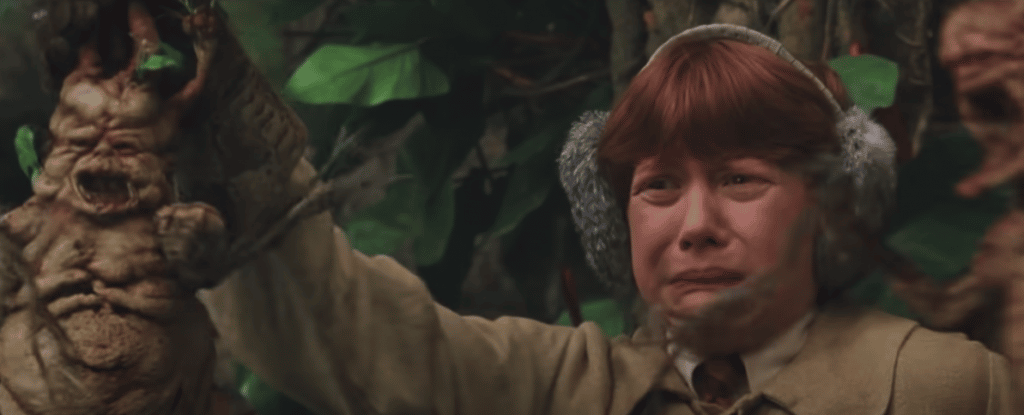
To avoid taking damage while harvesting mandrake, harvesters would tie the root to a dog, who could then be lured away with some food to pull the root from the ground. The harvester would then hide from a safe distance and cover his ears.
This tradition likely stems from the plant’s toxic traits. Harvesters may have gotten some of the active tropane alkaloids into the bloodstream through an open wound or cut while harvesting, which could have resulted in death.
Medicinally, mandrake was used in small doses as a soporific during surgery, applied topically for joint pain, and to cure depression and mania.

What Does Mandrake Feel Like?
The effects of mandrake depend on the dose.
- Low doses — sedation, confusion, lethargy, analgesia
- Moderate doses — delirium & psychosis
- High doses — delirium & death
The has never been any research on the specific dose of mandrake or its tropane alkaloids because these compounds are toxic to both the mind and body. They’re classified as anticholinergics — which means they block the effects of a neurotransmitter called acetylcholine.
This mechanism results in a series of side effects that can be differentiated into physical and psychological side effects.
The physical effects of mandrake:
Mandrake is poisonous and will result in physical side effects that can be lethal. People that die from mandrake usually die from dehydration or a heart attack.
The most common physical side effects of mandrake include:
- Dehydration
- Hyperthermia
- Sedation & fatigue
- Inability to urinate
- Flushing
- Heart arrhythmias
- Dilated pupils
- Blurry vision
- Muscle stiffness
The psychological effects of mandrake:
Mandrake induces delirium, an acute psychotic state in which a person loses touch with reality.
They experience a departure from reality. Seeing, hearing, smelling, tasting, or touching something in their environment that nobody else is experiencing. Delusional thinking is also common, involving a fixed belief in something not consistent with objective reality.
Mandrake trip reports often include visions of demons or other entities with malicious intent. Users report interacting with friends or family members who were completely imagined. Other common reports include delusions that there are people “out to get you” or the feeling that you’re being tracked or followed by someone.
These effects usually persist for 24–48 hours and can be terrifying and traumatizing.
Is Mandrake Legal?
Mandrake is not classified as a controlled substance in the United States or Canada (exception for Louisiana).
Louisiana created a separate bill that outlaws a variety of toxic and hallucinogenic plants that includes any species in the Mandragora genus. The plant is illegal in all contexts — including its use as a decorative garden plant, plant preparations, or dried root.
Most countries don’t control the use of mandrake because it has never been a widespread problem. Despite having powerful psychoactive effects, nobody willfully chooses to use this plant once they become familiar with its effects.
Additionally, very few people who have tripped on mandrake ever recommend it to anybody else. The experience is almost always very dark, scary, and uncomfortable. It’s not something people tend to use ever again, let alone find themselves addicted to.
How Mandrake Works
Mandrake owes the majority of its effects to its tropane alkaloid content — namely hyoscyamine, atropine, and scopolamine.
Other active ingredients include scopine, cuscohygrine, apoatropine, 3-alpha-tigloyloxytropane, 3-alpha, 6-beta-ditigloyloxytropane, and belladonnines.
These alkaloids work by blocking acetylcholine receptors. This inhibits a neurotransmitter called acetylcholine, the primary neurotransmitter involved with the parasympathetic nervous system (PSNS).
In order to understand how the mandrake works, we have to briefly cover what the parasympathetic nervous system is and what it does for the body.
The autonomic nervous system (unconscious or automatic part of the nervous system) can be split into two halves — the sympathetic nervous system and the parasympathetic nervous system:
| Sympathetic Nervous System (SNS) | Parasympathetic Nervous System (PSNS) |
| “Fight or flight” Inhibits immune function Inhibits digestive function Inhibits saliva production Temperature regulation (heating) Increases breath rate Increases heart rate Dilates the pupils | “Rest and digest” Digestive function Immune function Saliva production Temperature regulation (cooling) Sweating Slows breathing rate Slows heart rate Constricts the pupils |
The SNS and PSNS are always in constant fluctuation with each other like yin and yang. When the PSNS is active, the SNS is less active, and vice-versa.
Mandrake and its tropane alkaloids inhibit the PSNS, which results in the other side, the SNS, to increase. This causes changes that align with the “fight or flight” response — more or less.
Normally, when the SNS is active, we feel alert, active, and anxious. However, with mandrake, the effects of the SNS are apparent throughout most of the body, but it’s a little bit different inside the brain. The acetylcholine receptors in the brain have the opposite effect — causing those affected to become sedated rather than stimulated.
Elsewhere in the body, the inhibition of the PSNS activity causes digestive function and saliva production to shut down completely, body temperature to increase, and muscle to become tense and rigid.
To illustrate this, let’s compare the effects of an anticholinergic like mandrake with a cholinergic like physostigmine from the calabar bean:
| Anticholinergic Effects (Mandrake) | Cholinergic Effects (Calabar Bean) | |
| Effects on acetylcholine | Inhibits | Stimulates |
| Effects on the heart | Increases heart rate | Decreases heart rate |
| Effects on pupils | Dilates pupils | Constricts pupils |
| Effect on body temperature | Increases (fever) | Normal |
| Effects on secretions | Inhibition (dry mouth & inability to urinate) | Stimulation (profuse sweating, drooling, tearing, vomiting, & urination) |
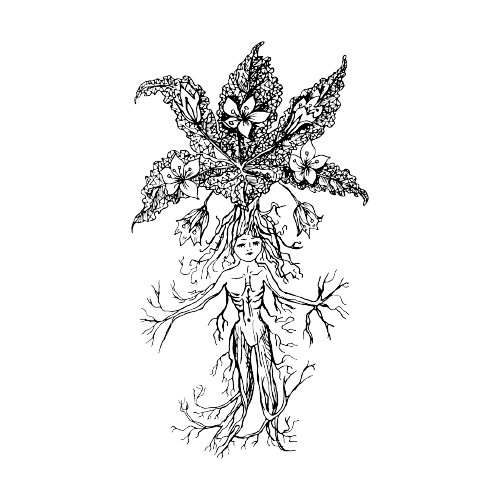
Final Thoughts: Why You Should Avoid Mandrake
The mandrake root is a powerful hallucinogenic. The active ingredients cause a condition called anticholinergic toxicity, which causes severe physical and psychological side effects, including delirium.
There’s a lot of history and superstition surrounding mandrake because of these effects, as well as the unique human-like shape of the roots.
It’s never a good idea to trip on mandrake because of the high risk of death and permanent long-term psychological damage that can result from using this plant.
There are so many other psychedelics to choose from that have a high level of safety to justify using mandrake root to trip. Not only is the experience more likely to be traumatizing than enlightening — there’s a high potential of overdose and death when using the mandrake root.

